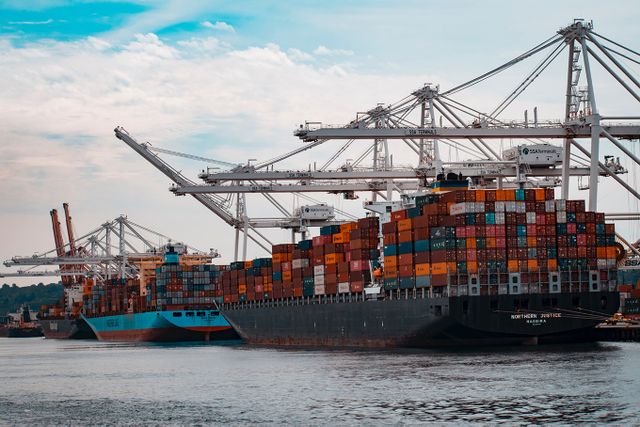
Shipping & the VCM: Charting a course for Paris
Here are some key takeaways from the report
With shipping emissions projected to grow by up to 30% by 2050, incentives for Paris-aligned decarbonisation are needed at the global, national and corporate levels.
Shipping industry targets imply significant residual emissions by 2050 - implying a large source of demand for VCM removal credits in the longer term.
Carbon pricing could play an important role in decarbonising shipping (something the VCM can facilitate). Some estimates suggest a carbon tax of $150/tCO₂e may be needed.
Contents
01 Context
02 Current mechanisms for incentivising decarbonisation
03 Role of the VCM in shipping decarbonisation
04 Conclusion